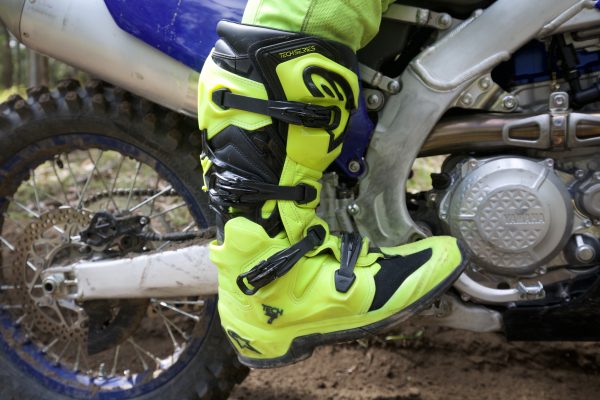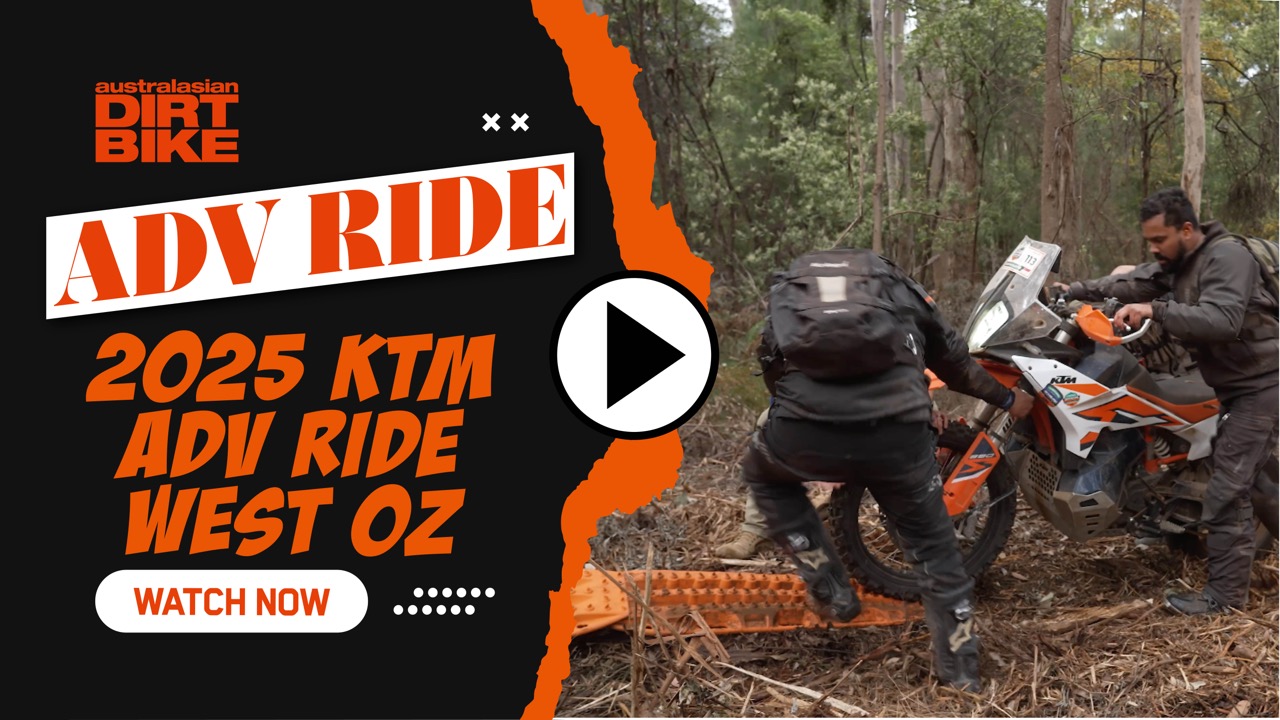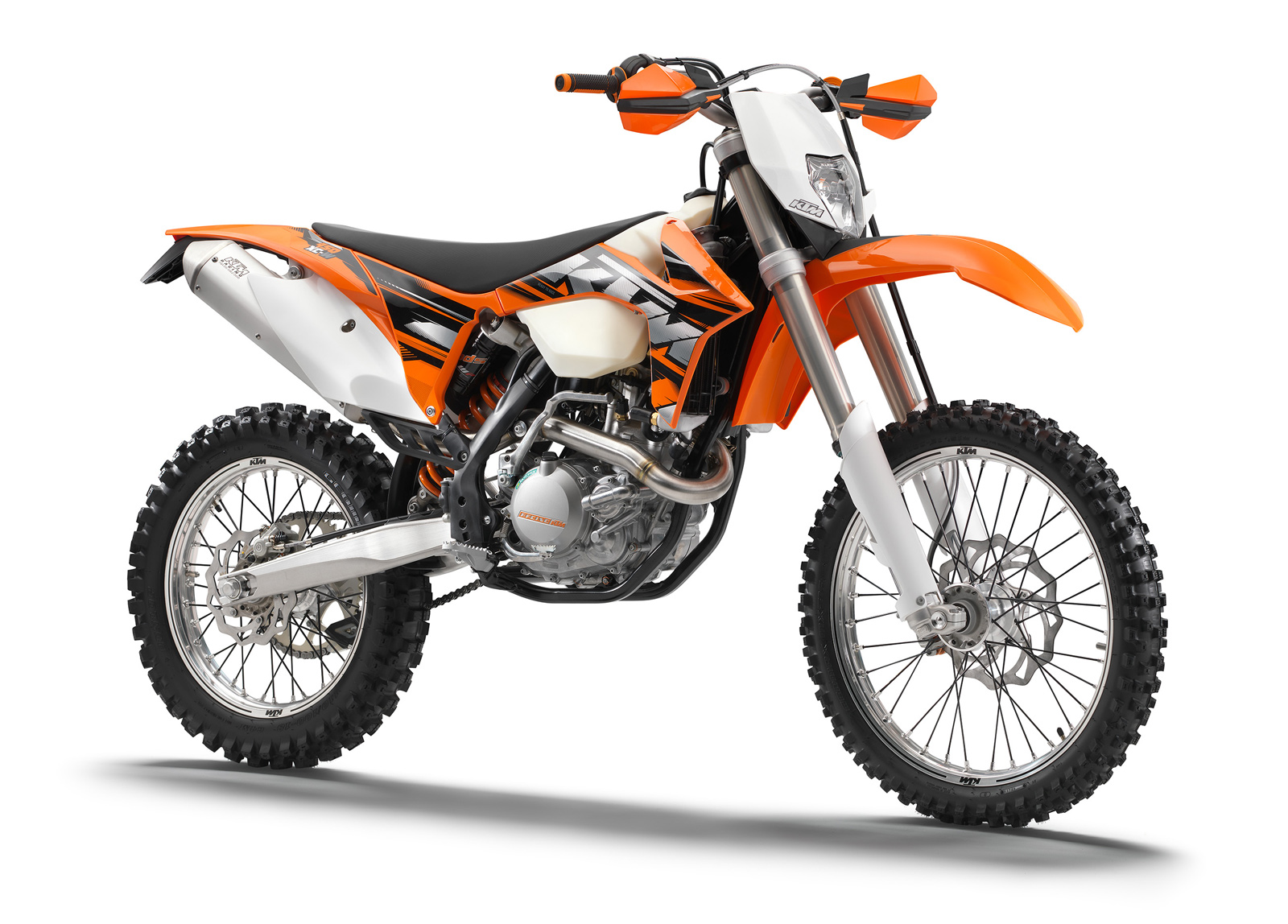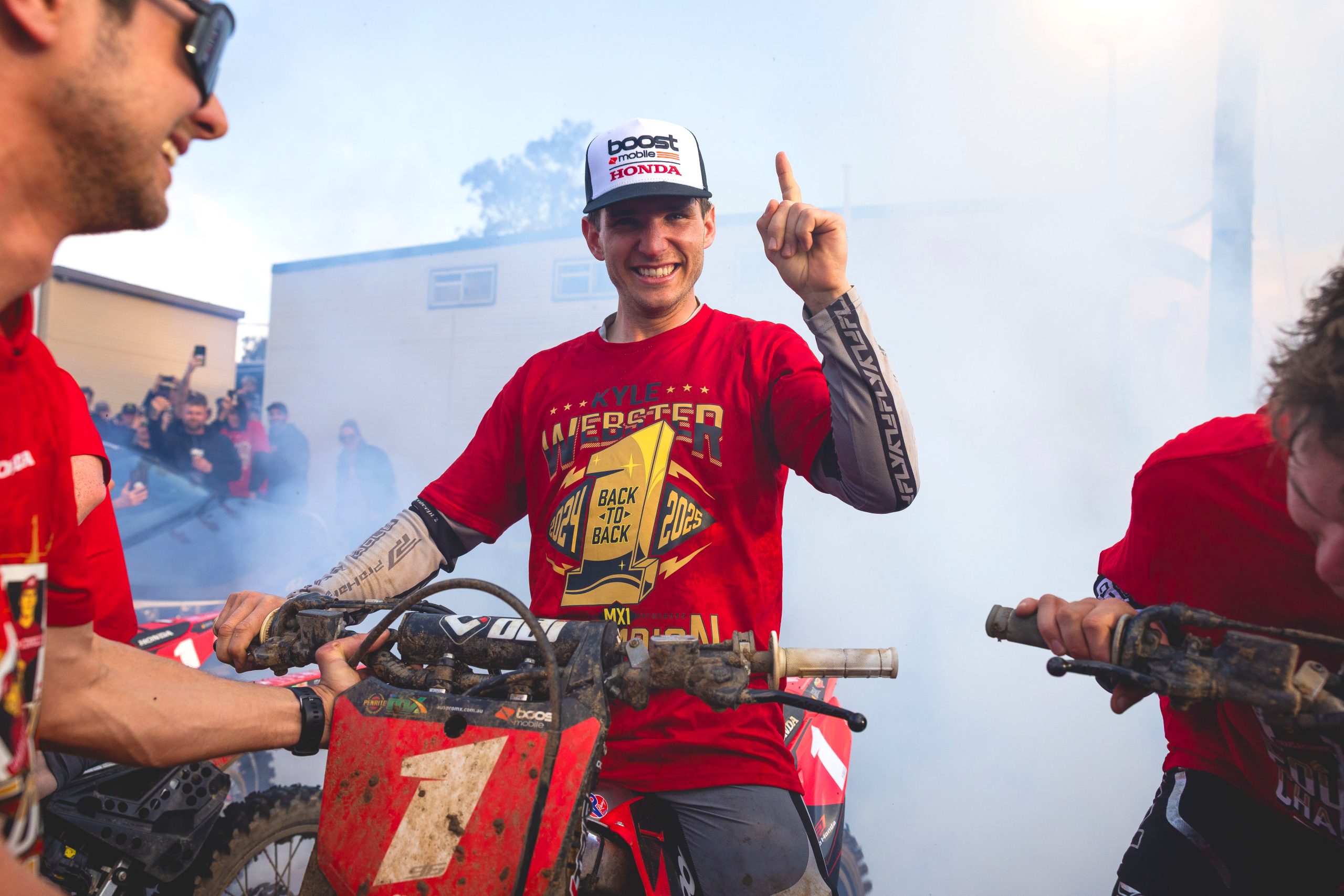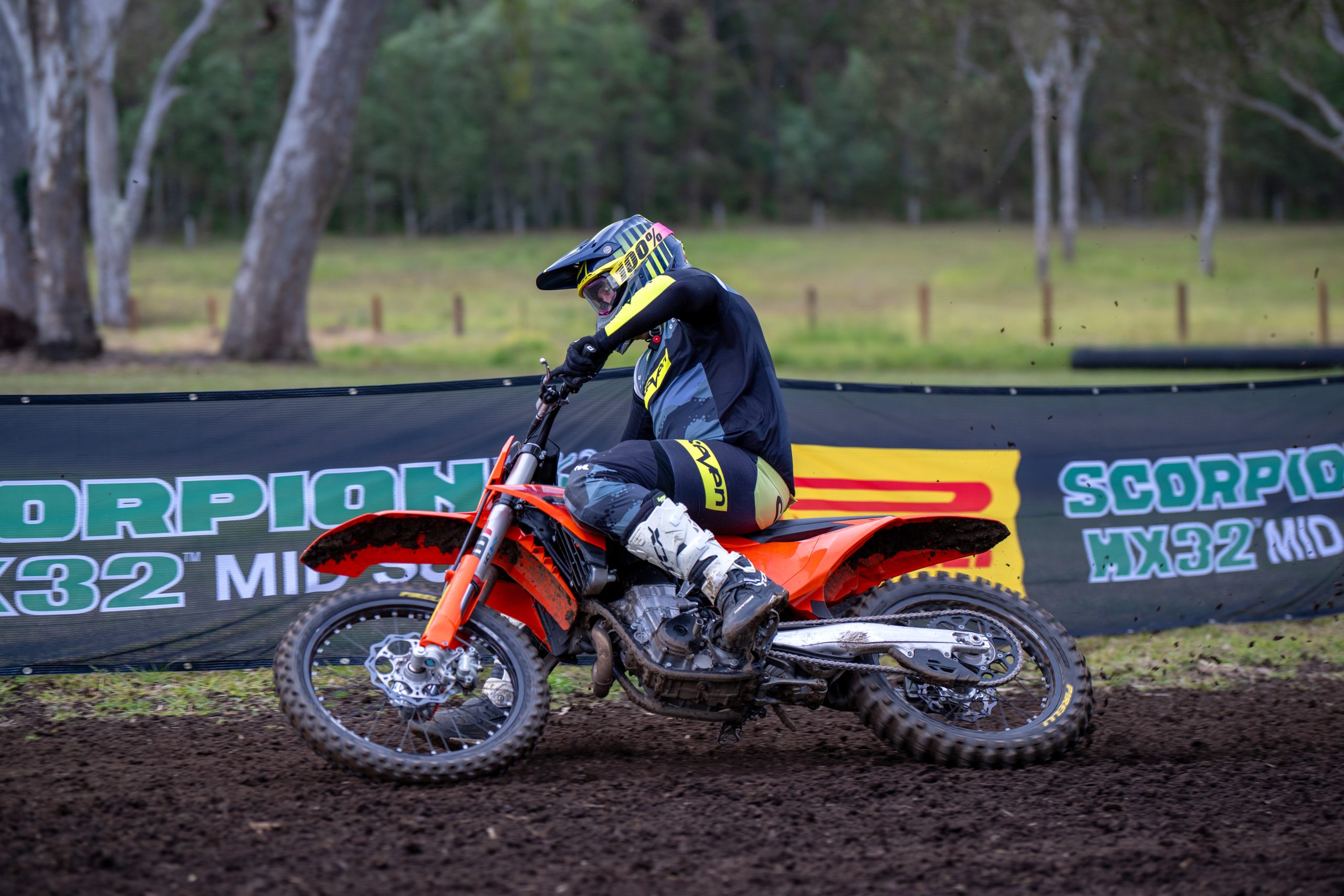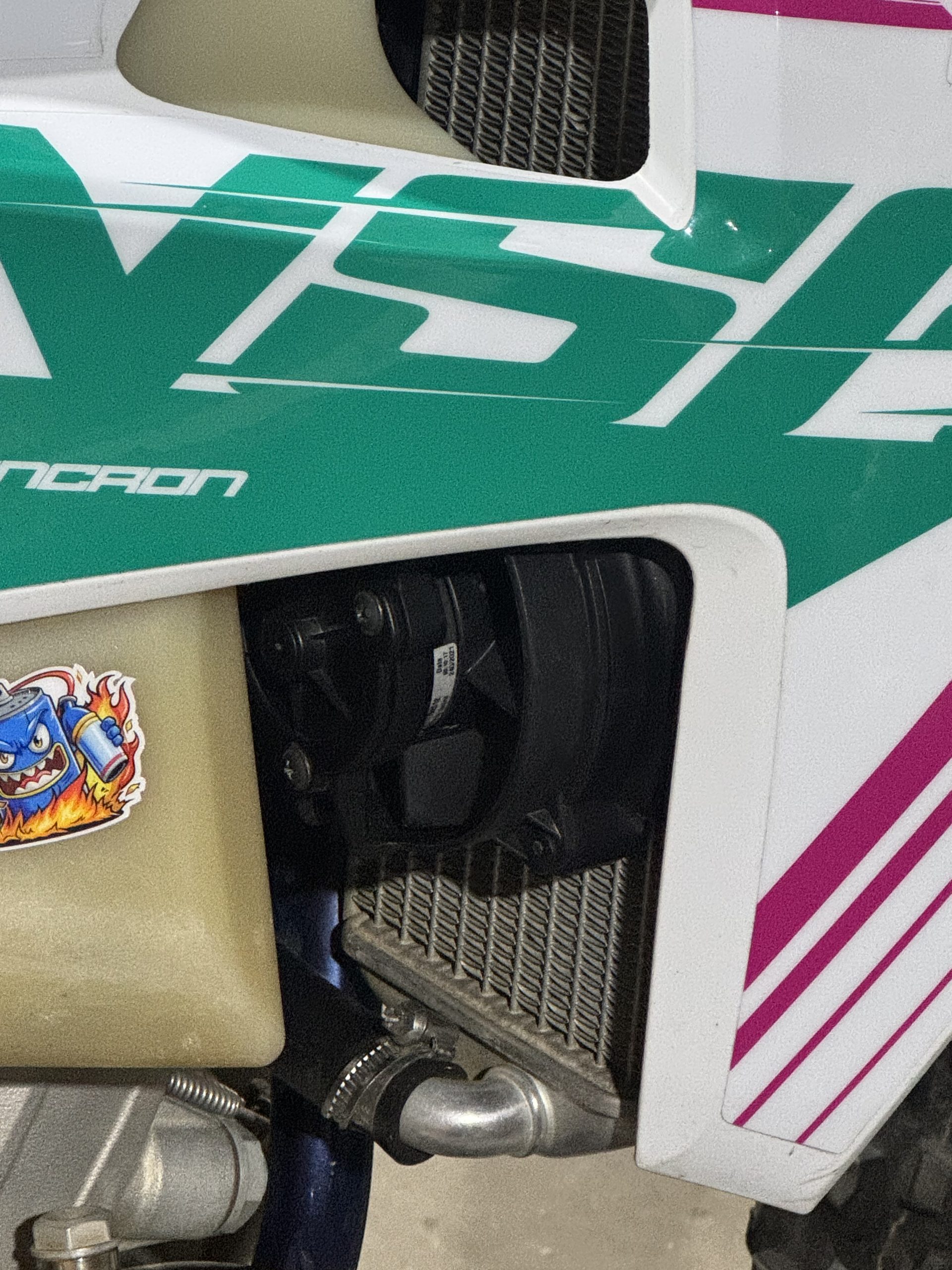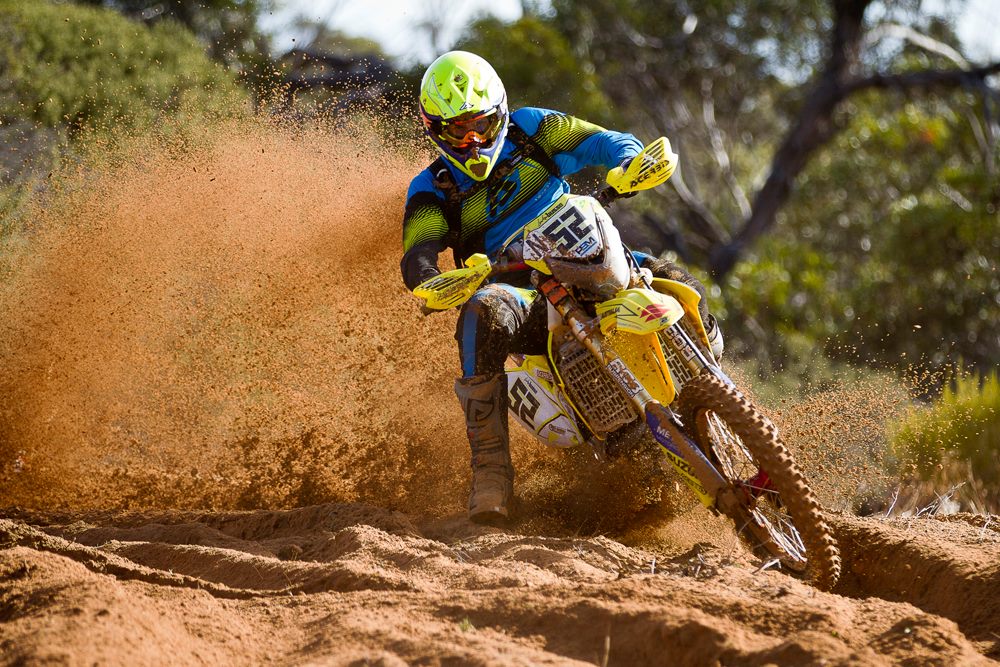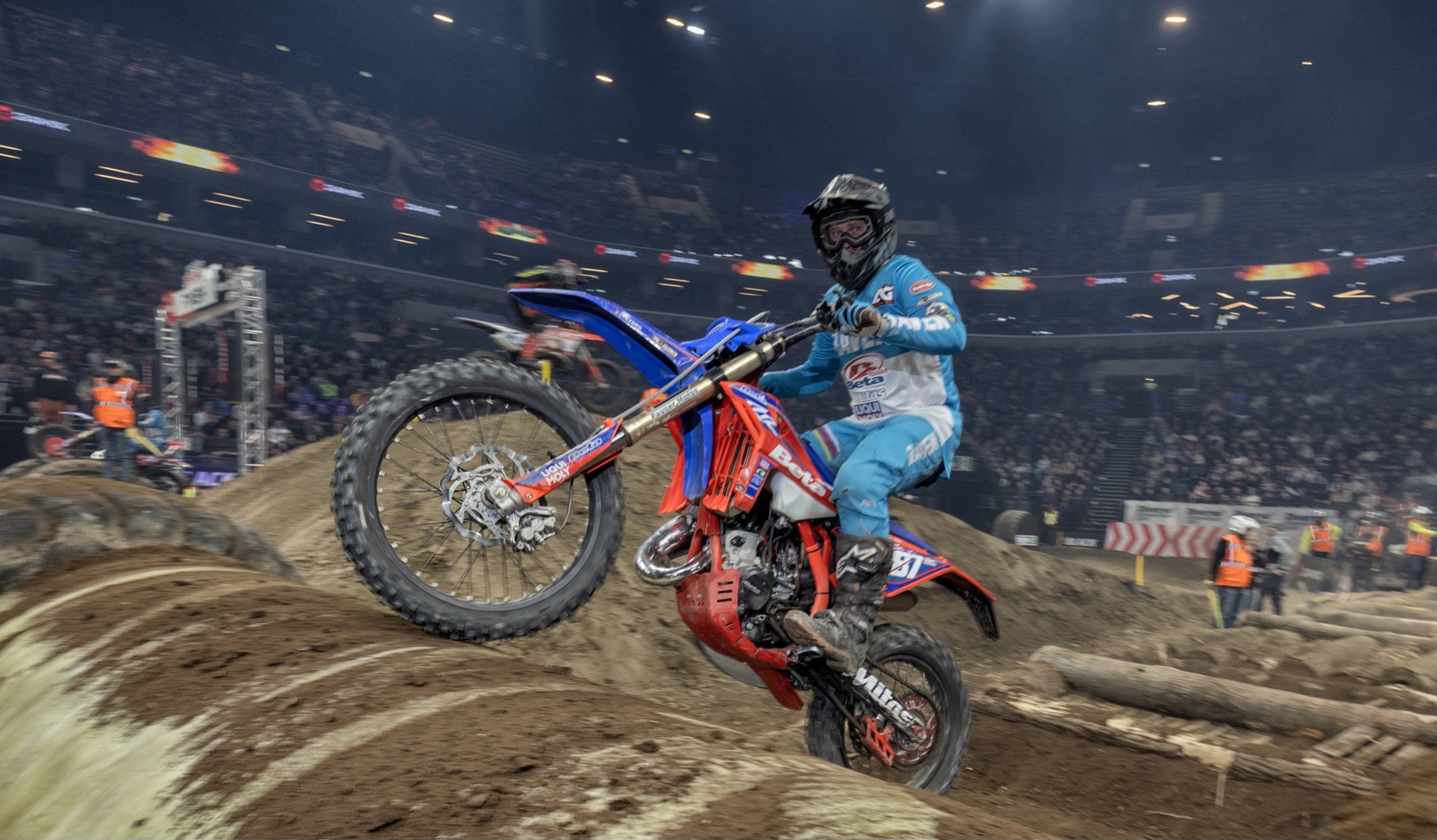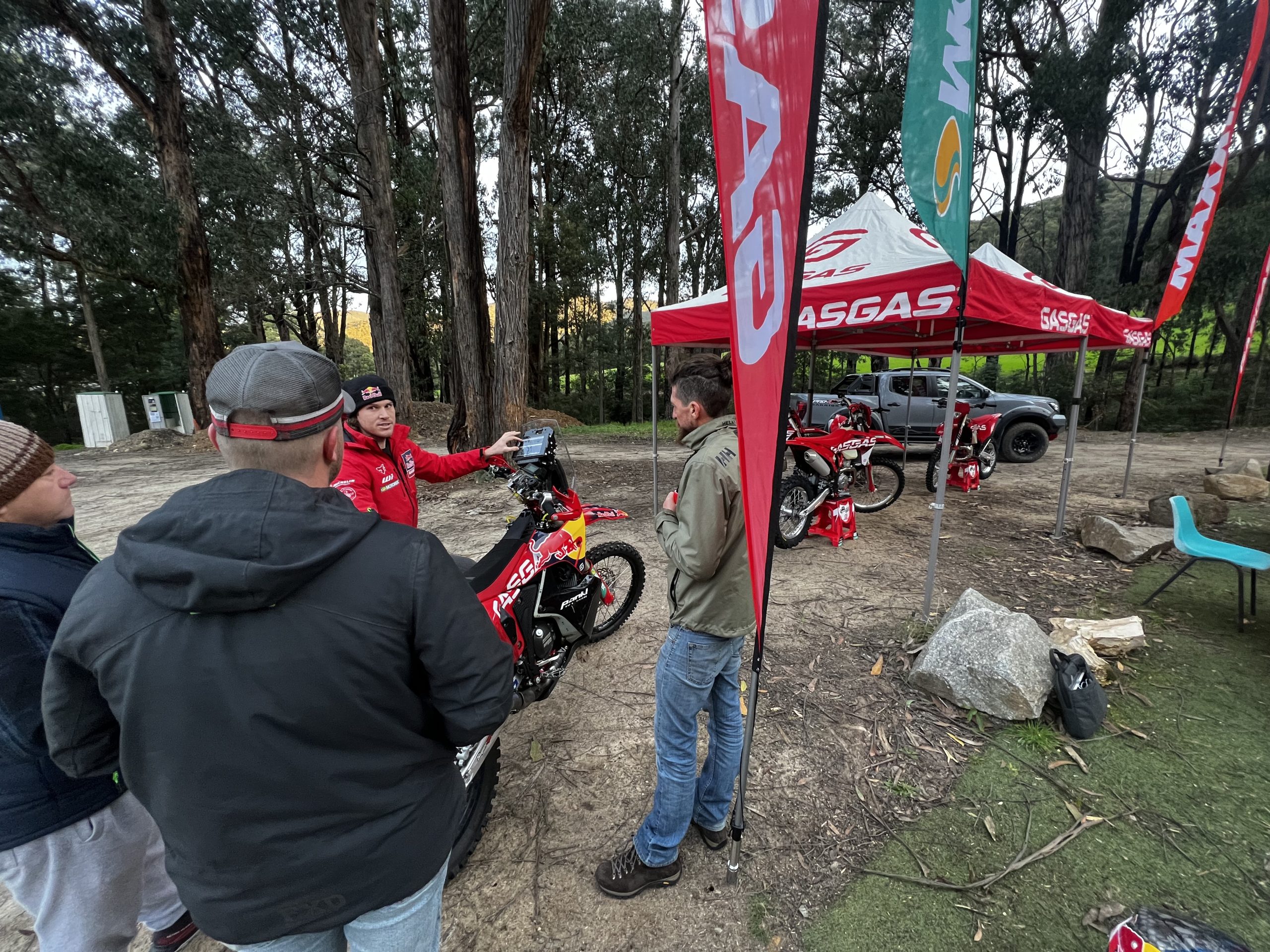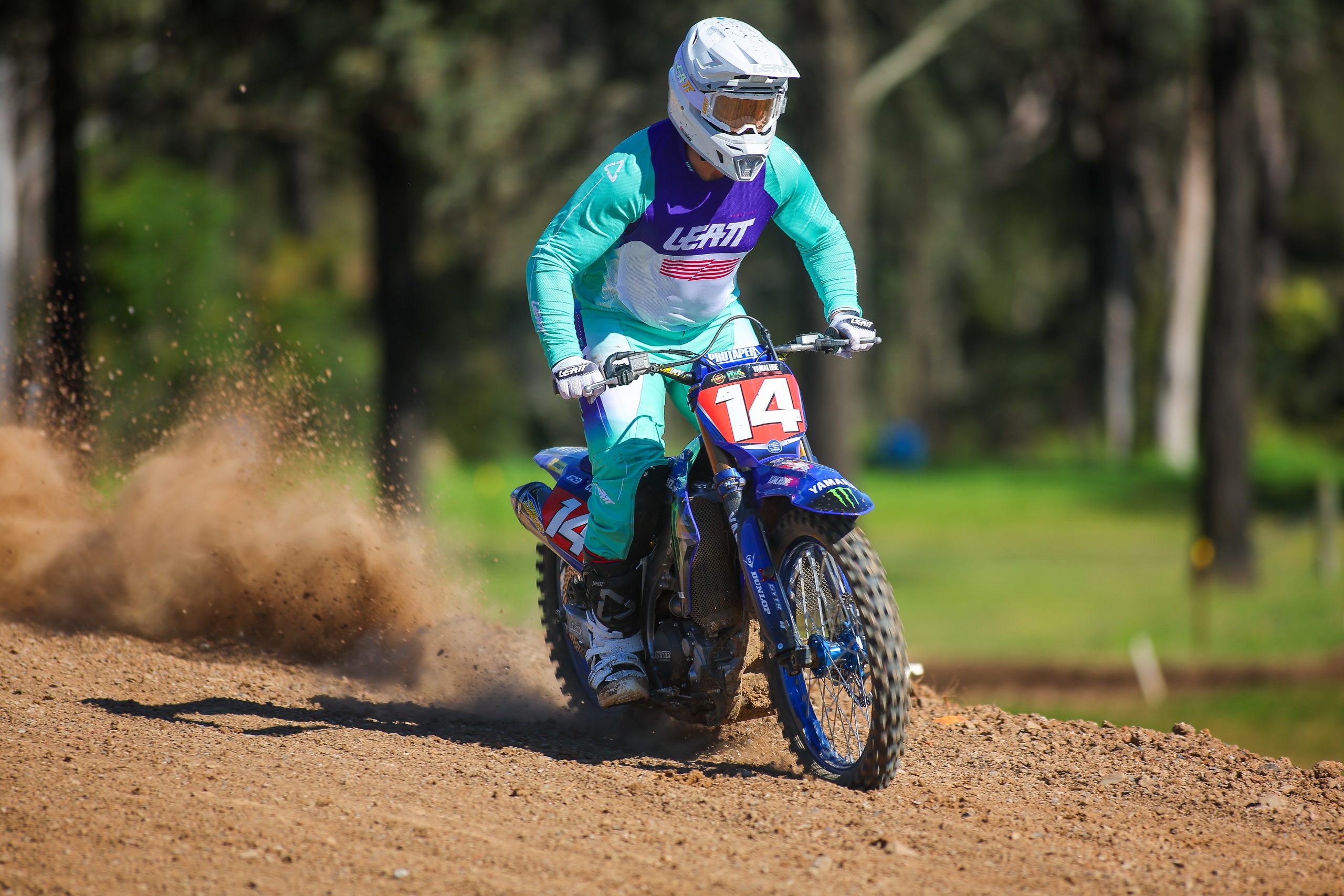They say hindsight is 20/20, but in the world of dirtbikes, hindsight usually comes with a set of x-rays and a painful lesson. I learned mine the hard way in April last year when I snapped my fibula clean in two not wearing my Alpinestars boot. A simple dab of the foot while rolling down a mountain bike track with the engine off was all it took. The ankle twisted and my leg folded like an overcooked noodle. Three plates, 12 screws and some fancy cable work later, I found myself reflecting on the fact that all of this could have been avoided had I been wearing better boots. Instead, I had opted for something with about as much structural integrity as a pair of gumboots because I was planning on getting on and off the bike to take photos. A stupid decision? Absolutely. One I’ll never make again? You bet.
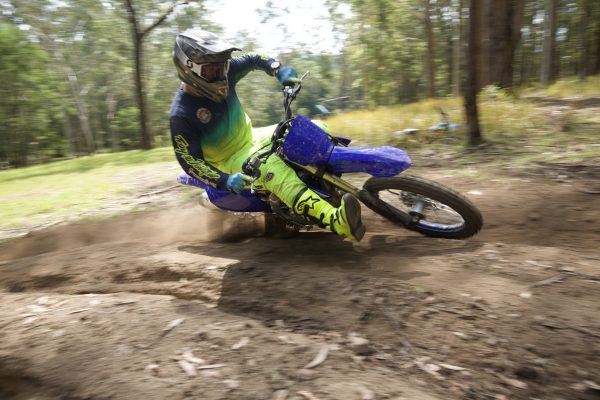
Boots are the unsung heroes of dirtbike riding. They don’t make you faster, they don’t improve your cornering and they won’t make you look cool. What they do, though, is keep you riding instead of spending weeks – or months – recovering from an avoidable injury. Even Eli Tomac, a guy who could ride circles around the rest of us in his sleep, learned this the hard way when he broke his foot earlier this year and ruptured his Achilles tendon in 2024. If it can happen to him, it can definitely happen to the rest of us mere mortals.
After snapping my ankle I went in search of a better set of boots and got overwhelmed by all the marketing jargon between high-end, expensive boots and an affordable, entry-level boots. There are so many boot brands out there with their own safety features that it would take an entire issue of ADB to compare them all so I thought I would focus on the Alpinestars brand which has everything from entry-level to high-end in the same range: the Tech. The aim of this feature is to see if expensive boots really feel that much better and offer more protection than entry-level boots or mid-tier boots. So, today’s lineup is the Alpinestars Tech 5, Tech 7 and Tech 10 Enduro. There is also the Tech 3 but the price point is pretty close to the Tech 5, so I left it out.
Three boots, three different levels of protection, comfort and performance. And after putting them all through their paces, I’ve got some thoughts, especially now that I take boot safety very seriously. Let’s dig in.
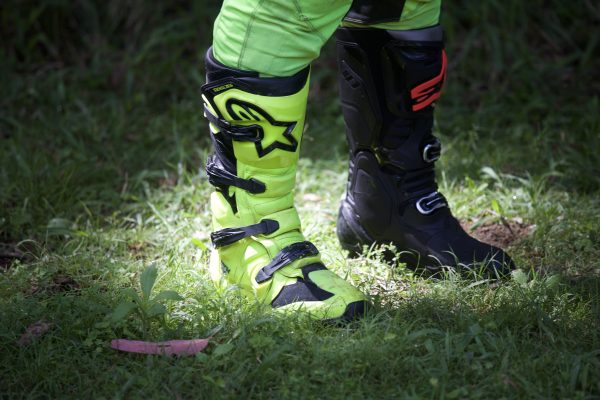
Is safety the dealbreaker?
When you’re hurtling through the bush at full tilt, dodging trees, ruts and the occasional suicidal kangaroo, your boots need to do more than just look good. They need to absorb impact, prevent hyperextension and keep your ankles in one piece.
Starting with the Tech 5, it’s clear these are designed for entry-level riders who aren’t pushing their bikes to the limit. The single pivot system provides some ankle support, but compared to the dual pivot setups in the Tech 7 and Tech 10, it’s basic at best. The TPU shin plate and medial protection are solid, but there’s no dynamic impact absorption like in the higher-end models. Would these boots have saved my fibula last year? Doubtful.
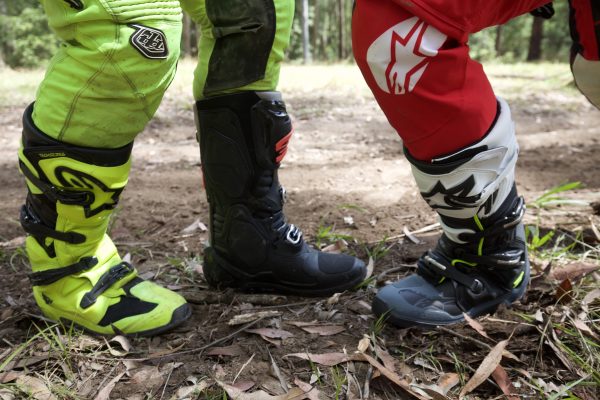
The Tech 7 Enduro steps things up with a dual pivot system, offering far better ankle stability. The medial and lateral support improves resistance against twisting forces, the exact kind of force that snapped my leg. The TPU protection is beefier and the shock-absorbing inserts in the front flexion zone add another layer of impact defence. That said, the lack of an inner ankle brace like in the Tech 10 means there’s still some wiggle room, and while they’d certainly protect better than the Tech 5s, I’d still be wary of trusting them in a high-speed crash.
Then there’s the Tech 10 Enduro, the Fort Knox of motocross boots. These things are layered with safety. The Frontal Flexion Control Frame absorbs shock and distributes energy to prevent hyperextension. The Dynamic Heel Compression Protector (DHCP) actively reduces impact energy before it can reach your ankle or lower leg. The inner ankle brace ensures your foot stays exactly where it should, and the boot’s entire structure is designed to prevent compression injuries. These are the boots that give you the best chance of walking away from a nasty crash.
The winner from a safety perspective is the Tech 10 Enduro; in my eyes, it’s not even close.
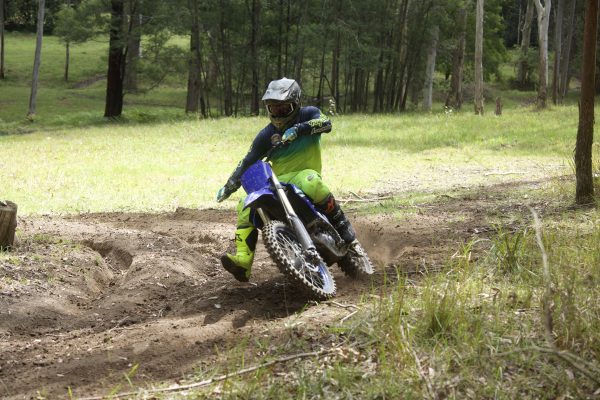
Get comfortable
Safety is priority number one, but comfort is right behind it. If a boot is too stiff, too bulky or makes shifting and braking feel like a chore, it’s not going to be a good time.
The Tech 5s are surprisingly comfortable. They’re lightweight, easy to walk around in, and don’t require a massive break-in period. But they also lack the snug, form-fitting feel that makes you feel locked in on the bike.
The Tech 7 Enduro has a better fit, with a more contoured interior that wraps around the foot. But for me, they felt a bit loose around the ankle, making me question whether my foot might shift around inside during a hard impact. They also don’t hug the foot quite as well as the Tech 10s, which was noticeable after spending extended time in them.
The Tech 10 Enduro surprised me the most. For a boot this protective, I expected them to feel restrictive, but they were actually the most comfortable of the bunch. The inner lining and the way the boot squeezes your foot and ankle makes it feel like an extension of your leg rather than a clunky external piece of gear. And despite being heavier, they never felt too cumbersome.
Despite having more safety features and extra bits and pieces in the ankle, shins and sole, the Tech 10 Enduro wins out on comfort. Again.
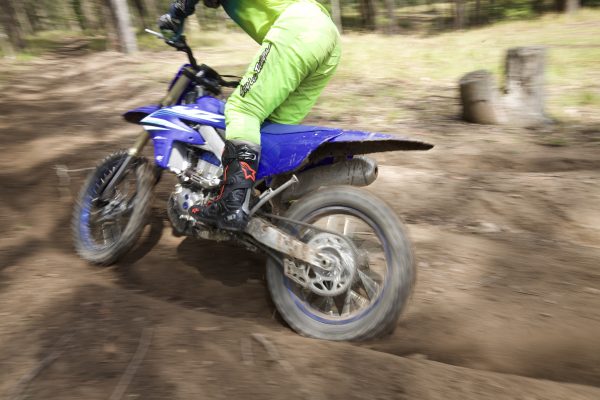
Long-Term Investment
Let’s not pretend price isn’t a factor here. At $399.99, the Tech 5s are a budget-friendly option, but the materials reflect that. The synthetic microfibre chassis is lightweight but doesn’t hold up to serious abuse like the other two. I wouldn’t expect these to last more than a couple of hard seasons before showing major wear.
The Tech 7 Enduro is built better. The TPU panels and reinforced sole make it more resistant to wear and tear, and the replaceable sole means you can extend their life significantly.
Then there’s the Tech 10 Enduro, which is built like a tank. The co-injected TPU and rubber compound panels don’t just resist impacts; they handle serious abrasion and heat resistance. These are boots that can survive years of punishment.
The Tech 7 and Tech 10 Enduro tied in durability but I prefer the value for money on durability with the Tech 7, so I’ll give this one to the Tech 7.
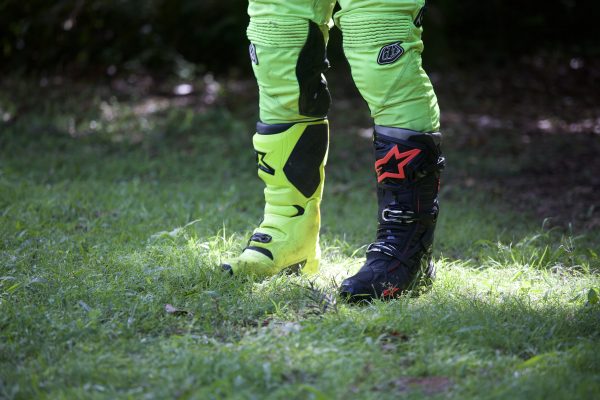
Can you still feel the bike?
A common complaint about high-end boots is that they make shifting and braking more difficult. That used to be true, but Alpinestars has done a solid job refining its designs.
The Tech 5s are the easiest to move around in, but that’s because they lack the rigid support of the other two. They feel great for walking, but on the bike they don’t inspire confidence.
The Tech 7 Enduro gives a better balance of protection and mobility. They still felt slightly less connected than I’d like but I could feel the gear shifter on the toe box and the brake under my right foot fine.
The Tech 10 Enduro could have been the stiffest, but they weren’t. Yes, they’re chunkier, but they don’t actually impede grip on the bike or shifting like you’d expect. I never felt restricted, and considering how much safety they offer, it’s a small trade-off.
The Tech 5 probably has the best feel on the bike. They were the easiest to grip and feel the levers. Despite the lack of safety feature, if purely after feel, I’d get the Tech 5s.
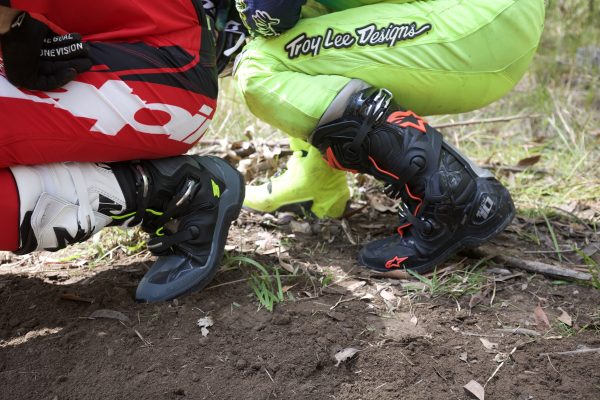
Which One Should You Buy?
If you’re a beginner or casual rider, the Tech 5s will do fine. But if you plan on riding hard, dabbing your foot in corners or tackling gnarly terrain, they won’t cut it.
The Tech 7 Enduro is a solid middle-ground option, but after testing the Tech 10s, I just can’t go back. The extra protection is worth it.
For me, after my accident, there’s no debate. The Tech 10 Enduro is the best dirtbike boot you can buy, and the extra cost is worth every cent if it saves your legs from another surgical reconstruction. I might be biased as I don’t want to endure another six weeks of no weight bearing in a house that has 30 steps to the front door, but I’ve never felt safer than in the Tech 10s.
The price of the Tech 10 Enduro at $929.99 is steep when compared with $579.99 for the Tech 7 and $399.99 for the Tech 5 but I have to put my ankle safety first. The most impressive thing for me is the feel and manoeuvrability in the Tech 10. The last pair of Tech 10 boots I had was over a decade ago and they were stiff and bulky. This new generation are much slimmer and easier to move in while still offering the best protection of the Tech boots.
If you can afford them, go the Tech 10. If money is a factor, go the Tech 7 – they’re solid. If you’re new to riding or don’t ride very fast, the Tech 5 will be okay, but for those who ride well, the Tech 5 might not offer enough protection.
And if nothing else, they might just save you from driving yourself to the hospital with a broken leg. Trust me, that’s not fun.
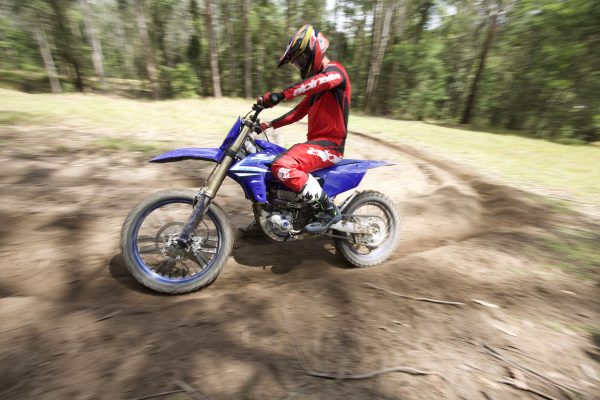
Gaerne SG12
The Gaerne SG12 is a top-tier motocross and enduro boot too. It features the Dual Stage Pivot System (DSPS) for superior lateral support, preventing over-compression and hyper-extension. A PU-injected shin plate and reinforced heel cup enhance protection.
It has a precision-shaped toe box while the four-buckle closure system ensures a secure fit, with rubber details for grip and a Velcro strap for adjustability. It has Grip Guard rubber on the inner boot and inside is Gaerne’s Memory Cell Foam lining .
It has a dual composite sole and is made in Italy. While the SG12 excels in protection, my past experience found them to be too stiff, limiting manoeuvrability and feel. However, for riders prioritising safety and longevity, they remain a solid choice. From $849.95.
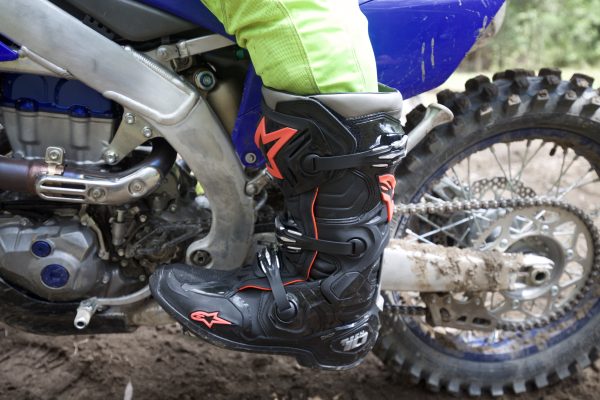
Sidi Crossfire 3 SRS – The Sidi Crossfire 3 SRS is a motocross that features a Dual Flex System upper and Hyper Extension Block, allowing a full range of motion while maintaining stability and protection. The replaceable shin plate, adjustable calf system and micro-adjustable buckle system ensure a snug, customisable fit.
A key feature is the SRS sole system, allowing the sole to be replaced quickly with just a screwdriver. The boot also includes an anatomic heel cup, replaceable metatarsus inserts and a reinforced toe area for durability and impact protection.
In my experience, the Crossfire 3 SRS moves incredibly well, but it feels a little narrow and lacks some feel compared to other options. Still, for riders looking for a premium, flexible boot with easy maintenance, it remains a solid contender. From $899.95
